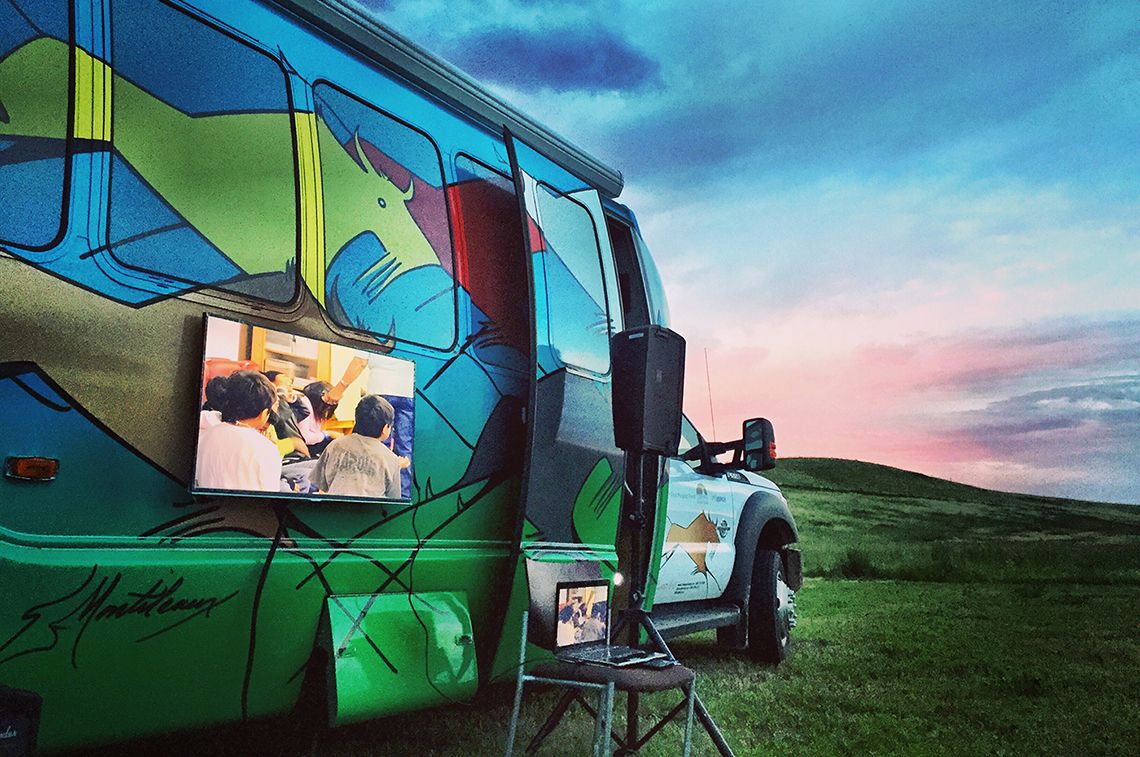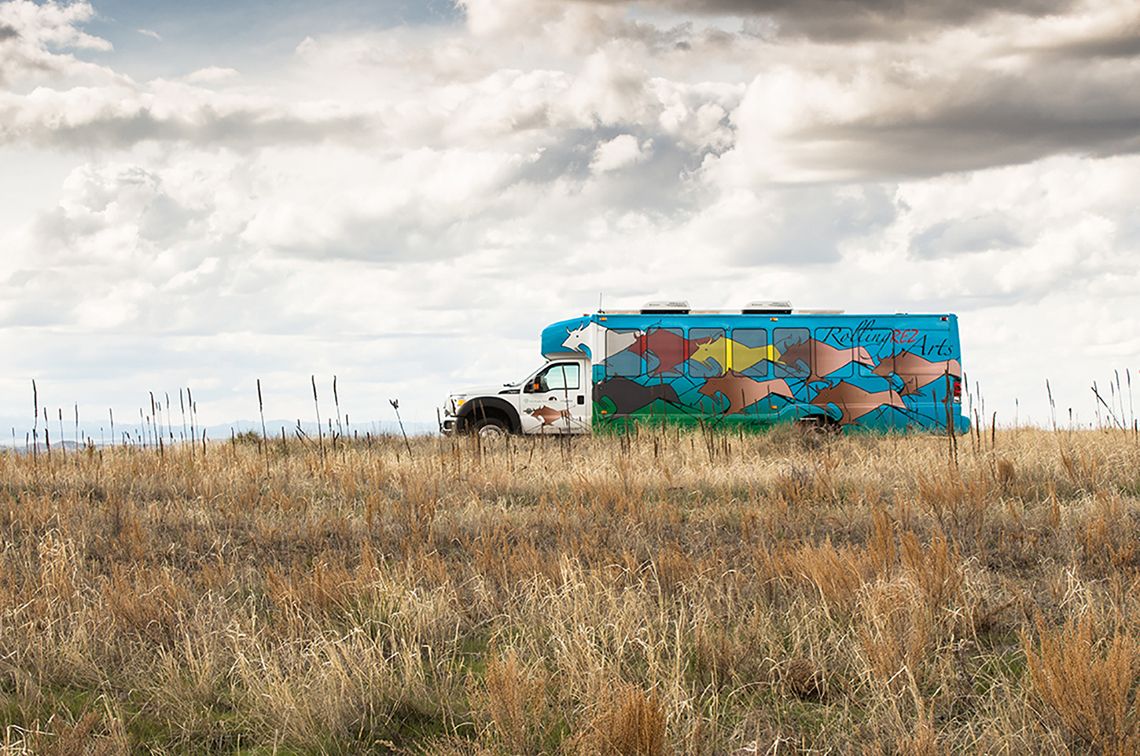10 SECTORS
10 SOLUTIONS
Artists and Community Change
WORKFORCE DEVELOPMENT
The WORKFORCE DEVELOPMENT community development sector is comprised of individuals, organizations, and policymakers who are working to develop skills, job readiness, and financial literacy for low- and moderate-income individuals and people who are unemployed. Workforce development initiatives can take many forms, including union and labor advocacy; the creation of jobs for specific communities; supportive measures designed to increase employee retention; municipal workforce programs that fill gaps left by inequitable education systems; and economic development programs that help businesses grow and expand their hiring capacity.
PROJECT NAME
ROLLING REZ ARTS MOBILE UNIT
ORGANIZER NAME
FIRST PEOPLES FUND
LOCATION
KYLE, SD
LOCATION
RURAL
ARTISTIC DISCIPLINES
FOLK & TRADITIONAL ARTS
WEBSITE
FIRSTPEOPLESFUND.ORG/ROLLING-REZ-ARTS
About 30,000 Oglala Lakota Sioux tribal members live on the Pine Ridge Reservation in South Dakota. Half are under the age of 30, and 80 percent are unemployed. Rolling Rez Arts (RRA) is a state-of-the-art mobile unit that traverses Pine Ridge to bring an arts space, business training center, and bank to Native American artists who need these services but have limited access to them. The concept of the colorful roaming bus came in response to a local study that found more than half of households on the reservation were operating home-based businesses—79 percent of which were based in traditional arts. The study also found that 61 percent of the reservation’s emerging artists have annual incomes of less than $10,000, but that when they receive entrepreneurial training—of the kind offered by RRA—that number increases dramatically. According to First Peoples Fund, owner and operator of RRA, “The Rolling Rez embodies what it takes to build a creative economy in an expansive space. There’s not enough critical mass in any one location to make it happen otherwise. The RRA is a pollinator in growing this ecosystem, seeding the many partnerships of organizations, artists, and individuals [that form] a vibrant Indigenous arts ecology.”
10 SECTORS 10 SOLUTIONS:
Artists and Community Change



